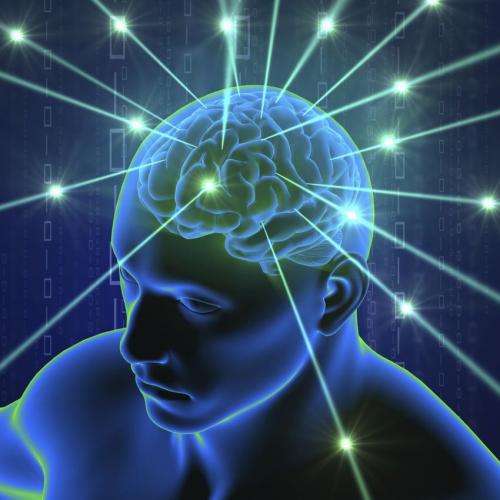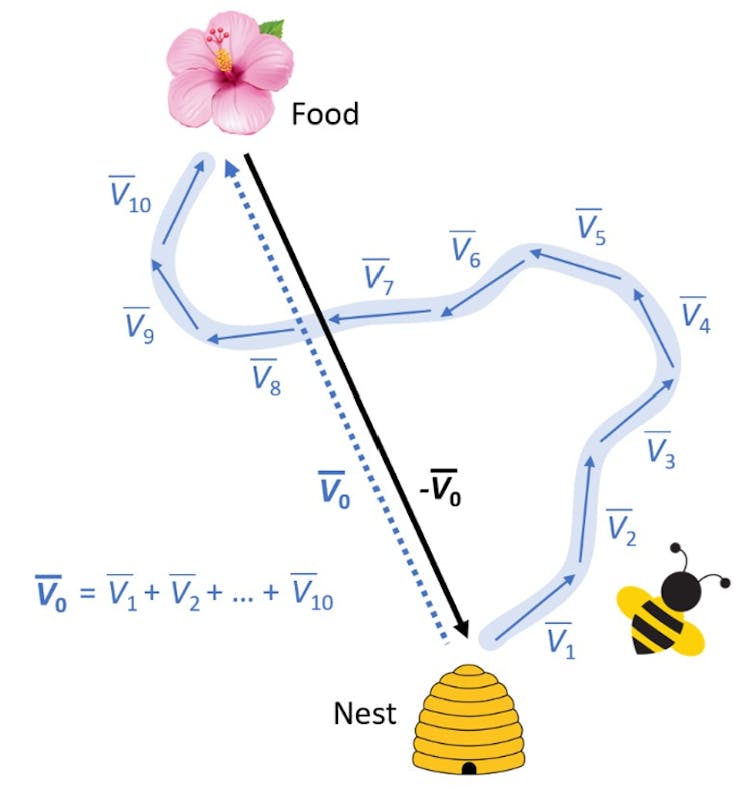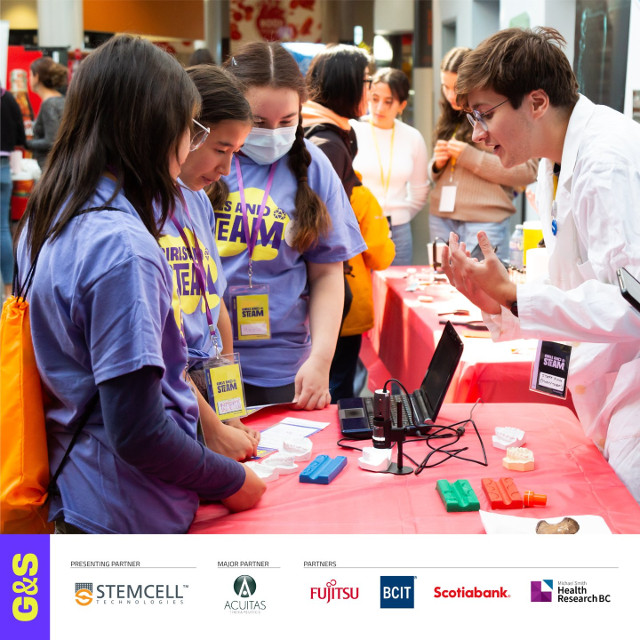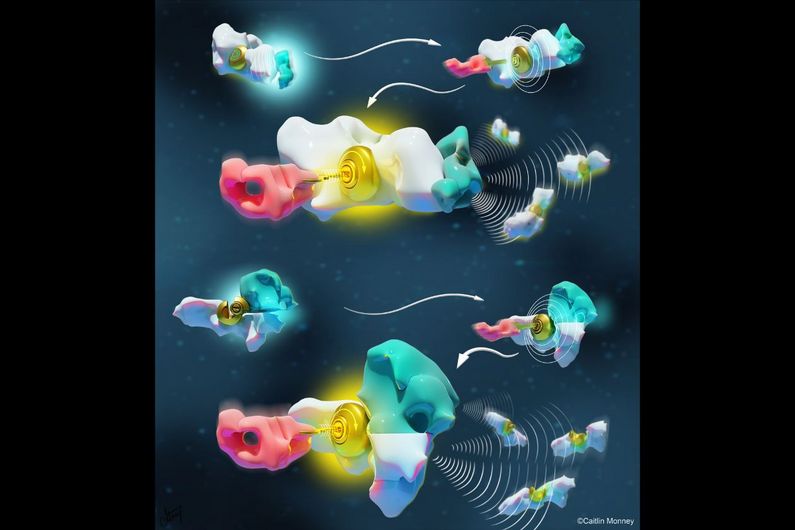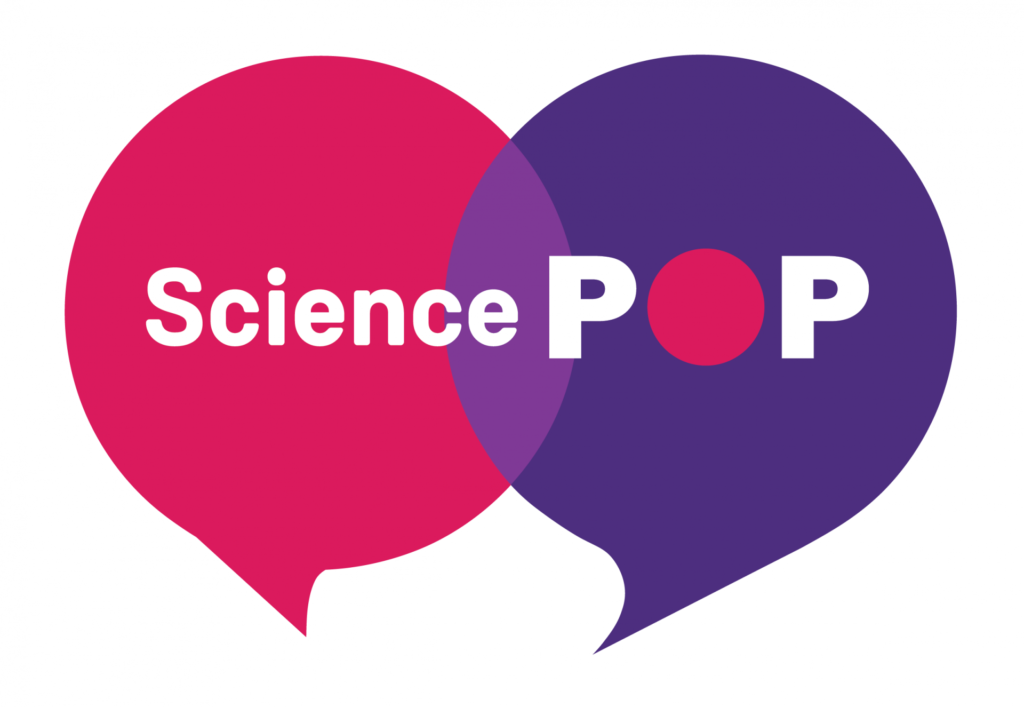A March 4, 2024 news item on phys.org announces research into the physics of using paints and inks in visual art, Note: A link has been removed,
Falling from the tip of a brush suspended in mid-air, an ink droplet touches a painted surface and blossoms into a masterpiece of ever-changing beauty. It weaves a tapestry of intricate, evolving patterns. Some of them resemble branching snowflakes, thunderbolts or neurons, whispering the unique expression of the artist’s vision.
Okinawa Institute of Science and Technology (OIST) researchers set out to analyze the physical principles of this fascinating technique, known as dendritic painting. They took inspiration from the artwork of Japanese media artist, Akiko Nakayama. The work is published in the journal PNAS Nexus.
…
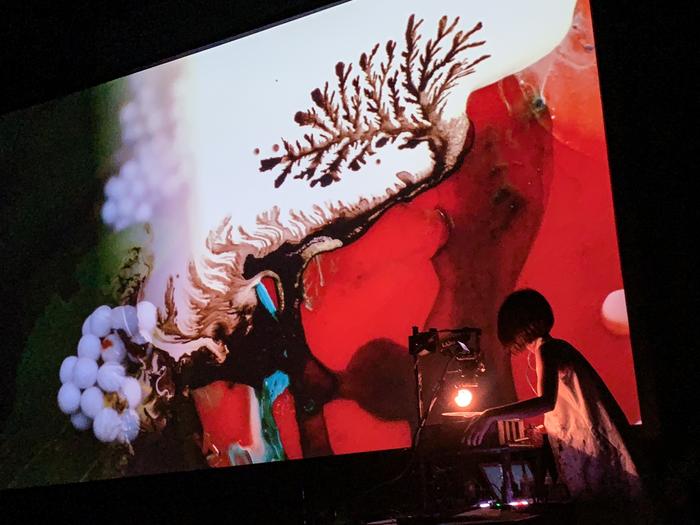
Yes, the ends definitely look tree-like (maybe cedar). A February 29, 2024 Okinawa Institute of Science and Technology (OIST) press release (also on EurekAlert but published March 1, 2024), which originated the news item, goes on to describe the forces at work and provides instructions for creating your own dendritic paintings, Note: Links have been removed,
During her [Akiko Nakayama] live painting performances, she applies colourful droplets of acrylic ink mixed with alcohol atop a flat surface coated with a layer of acrylic paint. Beautiful fractals – tree-like geometrical shapes that repeat at different scales and are often found in nature – appear before the eyes of the audience. This is a captivating art form driven by creativity, but also by the physics of fluid dynamics.
“I have a deep admiration for scientists, such as Ukichiro Nakaya and Torahiko Terada, who made remarkable contributions to both science and art. I was very happy to be contacted by OIST physicist Chan San To. I am envious of his ability ‘to dialogue’ with the dendritic patterns, observing how they change shape in response to different approaches. Hearing this secret conversation was delightful,” explains Nakayama.
“Painters have often employed fluid mechanics to craft unique compositions. We have seen it with David Alfaro Siqueiros, Jackson Pollock, and Naoko Tosa, just to name a few. In our laboratory, we reproduce and study artistic techniques, to understand how the characteristics of the fluids influence the final outcome,” says OIST Professor Eliot Fried of OIST’s Mechanics and Materials Unit, who likes looking at dendritic paintings from artistic and scientific angles.
…
In dendritic painting, the droplets made of ink and alcohol experience various forces. One of them is surface tension – the force that makes rain droplets spherical in shape, and allows leaves to float on the surface of a pond. In particular, as alcohol evaporates faster than water, it alters the surface tension of the droplet. Fluid molecules tend to be pulled towards the droplet rim, which has higher surface tension compared to its centre. This is called the Marangoni effect and is the same phenomenon responsible for the formation of wine tears – the droplets or streaks of wine that form on the inside of a wine glass after swirling or tilting.
Secondly, the underlying paint layer also plays an important part in this artistic technique. Dr. Chan tested various types of liquids. For fractals to emerge, the liquid must be a fluid that decreases in viscosity under shear strain, meaning it has to behave somewhat like ketchup. It’s common knowledge that it’s hard to get ketchup out of the bottle unless you shake it. This happens because ketchup’s viscosity changes depending on shear strain. When you shake the bottle, the ketchup becomes less viscous, making it easier to pour it onto your dish. How is this applied to dendritic painting?
“In dendritic painting, the expanding ink droplet shears the underlying acrylic paint layer. It is not as strong as the shaking of a ketchup bottle, but it is still a form of shear strain. As with ketchup, the more stress there is, the easier it is for the ink droplets to flow,” explains Dr. Chan.
“We also showed that the physics behind this dendritic painting technique is similar to how liquid travels in a porous medium, such as soil. If you were to look at the mix of acrylic paint under the microscope, you would see a network of microscopic structures made of polymer molecules and pigments. The ink droplet tends to find its way through this underlying network, travelling through paths of least resistance, that leads to the dendritic pattern,” adds Prof. Fried.
Each dendritic print is one-of-a-kind, but there are at least two key aspects that artists can take into consideration to control the outcome of dendritic painting. The first and most important factor is the thickness of the paint layer spread on the surface. Dr. Chan observed that well-refined fractals appear with paint layer thinner than a half millimetre.
The second factor to experiment with is the concentration of diluting medium and paint in this paint layer. Dr. Chan obtained the most detailed fractals using three parts diluting medium and one part paint, or two parts diluting medium and one part paint. If the concentration of paint is higher, the droplet cannot spread well. Conversely, if the concentration of paint is lower, fuzzy edges will form.
This is not the first science-meets-art project that members of the Mechanics and Materials Unit have embarked on. For example, they designed and installed a mobile sculpture on the OIST campus. The sculpture exemplifies a family of mechanical devices, called Möbius kaleidocycles, invented in the Unit, which may offer guidelines for designing chemical compounds with novel electronic properties.
Currently, Dr. Chan is also developing novel methods of analysing how the complexity of a sketch or painting evolves during its creation. He and Prof. Fried are optimistic that these methods might be applied to uncover hidden structures in experimentally captured or numerically generated images of flowing fluids.
“Why should we confine science to just technological progress?” wonders Dr. Chan. “I like exploring its potential to drive artistic innovation as well. I do digital art, but I really admire traditional artists. I sincerely invite them to experiment with various materials and reach out to us if they’re interested in collaborating and exploring the physics hidden within their artwork.”
Instructions to create dendritic painting at home
Everybody can have fun creating dendritic paintings. The materials needed include a non-absorbent surface (glass, synthetic paper, ceramics, etc.), a brush, a hairbrush, rubbing alcohol (iso-propyl alcohol), acrylic ink, acrylic paint and pouring medium.
- Dilute one part of acrylic paint to two or three parts of pouring medium, or test other ratios to see how the result changes
- Apply this to the non-absorbent surface uniformly using a hairbrush. OIST physicists have found out that the thickness of the paint affects the result. For the best fractals, a layer of paint thinner than half millimetre is recommended.
- Mix rubbing alcohol with acrylic ink. The density of the ink may differ for different brands: have a try mixing alcohol and ink in different ratios
- When the white paint is still wet (hasn’t dried yet), apply a droplet of the ink with alcohol mix using a brush or another tool, such as a bamboo stick or a toothpick.
- Enjoy your masterpiece as it develops before your eyes.
Here’s a link to and a citation for the paper,
Marangoni spreading on liquid substrates in new media art by San To Chan and Eliot Fried. PNAS Nexus, Volume 3, Issue 2, February 2024, pgae059 DOI: https://doi.org/10.1093/pnasnexus/pgae059 Published: 08 February 2024
This paper is open access.
